Sometimes we can see strange objects in our soil. From insects to mold, there are many things that can end up in our plant pots. However, one of the most curious things that can be found in soil is an orange ball.
What are they and how did they get there? In this post, we will investigate the strange case of orange balls in soil. Let’s find out…
What Are The Orange Balls in Soil?
It’s likely that the orange balls in your soils are Osmocote fertilizer balls. Osmocote is a type of slow-release fertilizer that is often used in gardens and potted plants. The balls are made of clay and contain nutrients that are released over time, providing a steady supply of nutrition for your plants.
However, if the orange balls appeared overnight, it’s unlikely that they are Osmocote fertilizer balls. In this case, the balls may be eggs laid by pests. One type of pest that is known to lay eggs in plant soil is the beetle. If you suspect that the orange balls are beetle eggs, it’s best to remove them from your soil immediately.
So, how do you know which one it is? Well, eggs will be grouped together in clusters, whereas Osmocote fertilizer balls will be spread evenly throughout the soil. If you’re still not sure, try gently squeezing one of the balls. If it’s an egg, it will break open and release a larva. If it’s an Osmocote fertilizer ball, it will be firm to the touch.
How Did They Get There?
If the orange balls are Osmocote fertilizer balls, they likely got there through your potting mix. Osmocote is often added to potting mixes to provide nutrients for plants. If you didn’t add the fertilizer balls yourself, it’s possible that they were already in the potting mix when you purchased them.
On the other hand, if the orange balls are beetle eggs, they may have been laid by adult beetles that flew or crawled into your garden. Once the eggs hatch, the larvae will begin to feed on your plants. To prevent this from happening, it’s important to remove the eggs from your soil as soon as you see them.
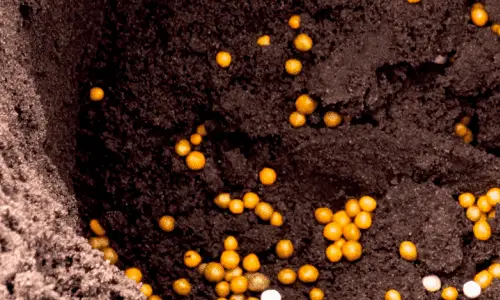
What is Osmocote?
You may be wondering what this fertilizer is and whether you should remove it from your soil. Osmocote is a type of slow-release fertilizer that is made of clay and contains nutrients that are released over time. It’s often used in gardens and potted plants to provide a steady supply of nutrition for plants.
If you have Osmocote fertilizer in your soil, there’s no need to remove it. The balls will slowly release nutrients into the soil, providing your plants with a steady supply of nutrition.
If your plant came from a nursery or garden center, it’s likely that they added Osmocote fertilizer to the potting mix. They do this to provide nutrients for plants and to help them grow while they sit on the shelf of the store. It makes their job a lot easier and it’s one less thing you have to worry about when you’re planting your new plants.
However, if you don’t want to use Osmocote fertilizer, you can remove the balls from your soil. To do this, simply dig up the balls and throw them away. You can also add a new potting mix to your garden or pot to replace the Osmocote fertilizer.
I’m a big fan of fish emulsion fertilizer, so I’ve previously removed the Osmocote balls from my soil and replaced them with this fertilizer. It’s an organic fertilizer made from fish waste, so it’s safe for plants and people. Plus, it provides nutrients for plants and helps them to grow quickly.
How to Remove Orange Eggs from Soil?
If you think the orange balls in your soil are beetle eggs, it’s important to remove them as soon as possible. This can be done by hand or with a small shovel. Once the eggs have been removed, it’s important to dispose of them in a sealed bag so that the larvae cannot escape and infest your garden.
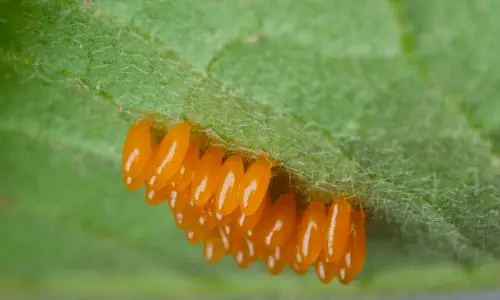
Be sure to check that every egg has been removed, as even a single egg can hatch and cause problems. You may also need to check the leaves of your plants for eggs, as beetles often lay their eggs on leaves as well as in the soil.
Neem oil is a natural insecticide that can be used to prevent and control infestations. This oil is made from the seeds of the neem tree and is safe to use around children and pets. To use neem oil, mix it with water and spray it on your plants. Be sure to follow the instructions on the label carefully.
If you see any larvae or adult beetles, be sure to remove them immediately. You can also take steps to prevent pests from entering your garden in the first place. This includes keeping your garden clean and free of debris, as well as using insecticidal soap or other products to keep pests at bay.
Conclusion
So, there you have it! The mystery of the orange balls in the soil has been solved. Now that you know what they are and how they got there, you can rest assured that they pose no threat to your plants.
To sum up, the orange balls in your soil could be Osmocote fertilizer balls or beetle eggs. Depending on which one it is, you may or may not want to remove them from your soil. If you do remove the orange balls, be sure to dispose of them properly so that the larvae cannot escape and infest your garden.
We hope this post has helped you learn more about the strange case of orange balls in soil. Be sure to check back for more updates on this curious phenomenon!
Tim is an avid gardener from the UK. He was the founder of PlantCarer.com from 2021 to Sep 2023. He sold PlantCarer.com to Aaron. He has since started his own business called Seed To Supper, which provides new gardeners all the materials you need in a box (pots, seeds, compost and instructions) to grow your own delicious and nutritious vegetables and herbs from start to finish – no garden required.



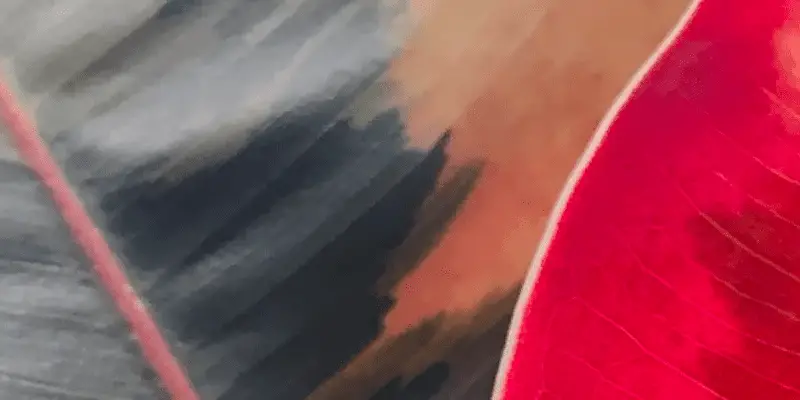
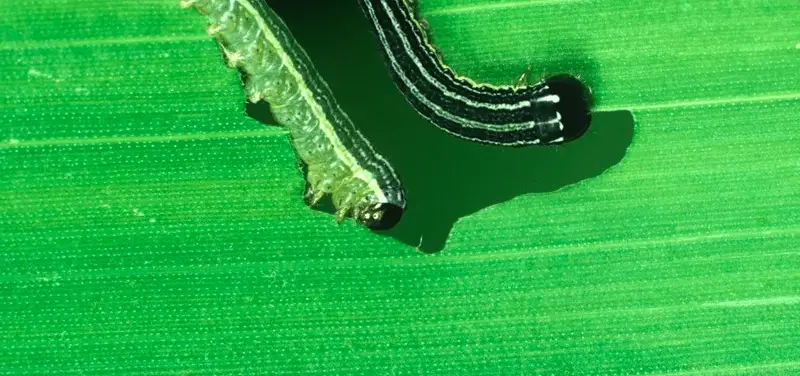
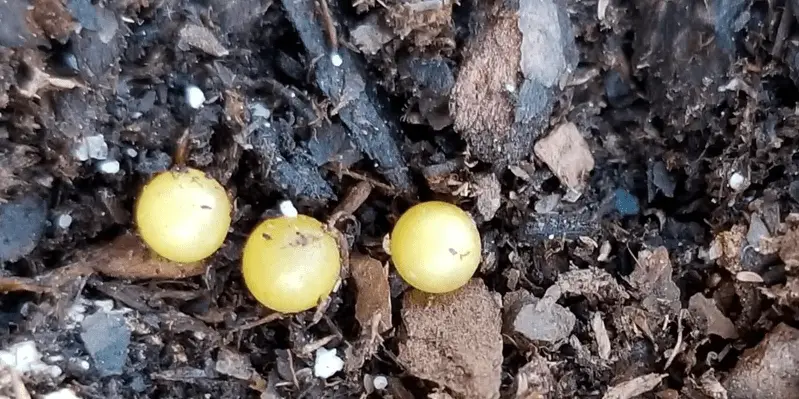
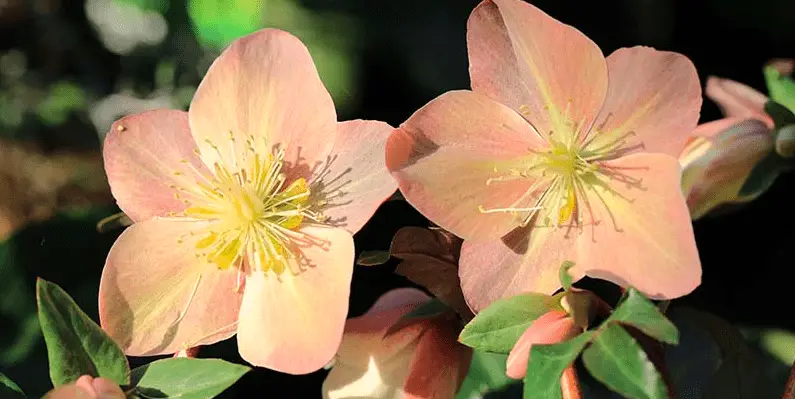
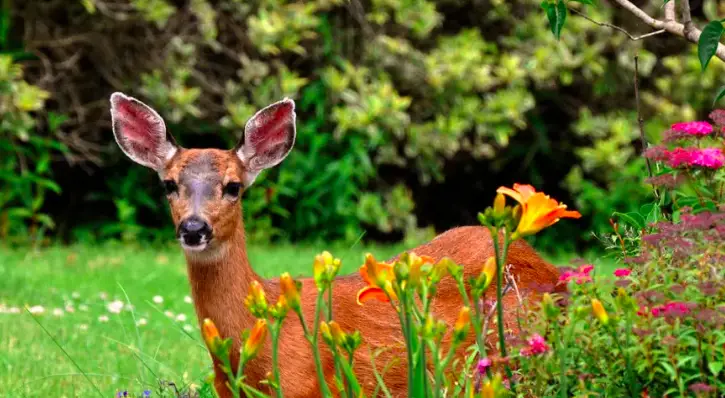

0 Comments